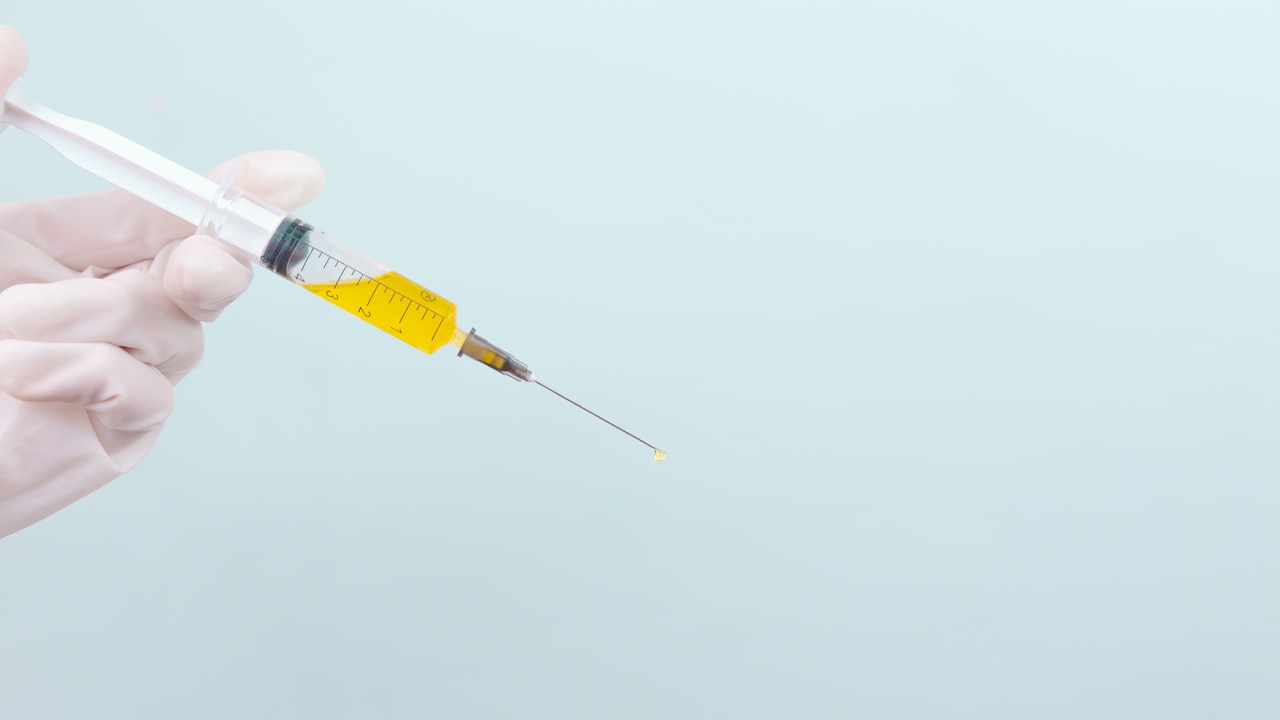 Title: Designing Precision Injection Molds: Key Considerations and Best Practices
Title: Designing Precision Injection Molds: Key Considerations and Best Practices
In the world of manufacturing, injection molding is a widely used process for producing parts and products with high accuracy and efficiency. The heart of this process lies in the injection mold, which determines the quality and precision of the final output. Designing a precision injection mold requires careful considerations and adherence to best practices to ensure optimal performance and cost-effectiveness.
When embarking on the journey of designing an injection mold, the selection of a reputable injection mold factory or supplier is crucial. An experienced and reliable partner can provide invaluable expertise in mold design, material selection, and production techniques. Collaborating closely with the chosen supplier from the early stages of the design process can lead to seamless communication and efficient problem-solving throughout the project.
One of the key considerations in designing precision injection molds is the choice of materials. The selection of the right material for the mold depends on various factors, including the type of product being manufactured, the desired surface finish, and the expected production volume. High-quality materials with excellent thermal conductivity and durability are essential for achieving consistent and precise molding results.
Another important aspect to consider is the design of the mold itself. Factors such as part geometry, gate location, cooling system design, and ejection methods play a critical role in the overall performance of the injection mold. Optimizing these design elements through computer-aided design (CAD) software and simulations can help identify potential issues and ensure the mold meets the desired specifications.
Precision is paramount in injection molding, and achieving tight tolerances requires meticulous attention to detail during the design phase. Proper gate sizing, venting, and mold polishing are essential steps to ensure even flow of the molten material and prevent defects such as warping, sink marks, or flash. Conducting thorough mold trials and validation tests can help verify the accuracy of the design and make necessary adjustments for optimal results.
In conclusion, designing precision injection molds involves a combination of expertise, collaboration, and attention to detail. By partnering with a reliable injection mold supplier, carefully selecting materials, optimizing mold design, and ensuring tight tolerances, manufacturers can achieve high-quality and cost-effective production of parts and products through the injection molding process.
